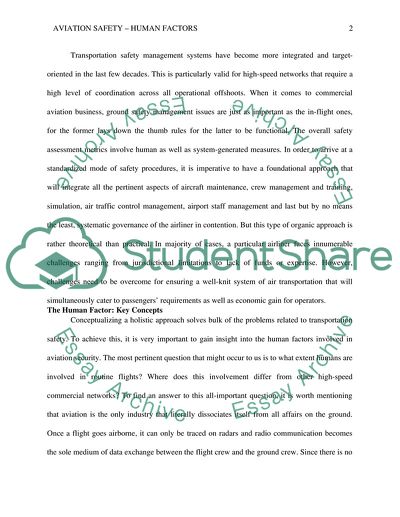Cite this document
(Aviation Safety: The Human Factors in the System Safety Discipline Term Paper, n.d.)
Aviation Safety: The Human Factors in the System Safety Discipline Term Paper. Retrieved from https://studentshare.org/technology/1733712-aviation-safety-the-human-factor-in-the-system-safety-discipline
Aviation Safety: The Human Factors in the System Safety Discipline Term Paper. Retrieved from https://studentshare.org/technology/1733712-aviation-safety-the-human-factor-in-the-system-safety-discipline
(Aviation Safety: The Human Factors in the System Safety Discipline Term Paper)
Aviation Safety: The Human Factors in the System Safety Discipline Term Paper. https://studentshare.org/technology/1733712-aviation-safety-the-human-factor-in-the-system-safety-discipline.
Aviation Safety: The Human Factors in the System Safety Discipline Term Paper. https://studentshare.org/technology/1733712-aviation-safety-the-human-factor-in-the-system-safety-discipline.
“Aviation Safety: The Human Factors in the System Safety Discipline Term Paper”, n.d. https://studentshare.org/technology/1733712-aviation-safety-the-human-factor-in-the-system-safety-discipline.


